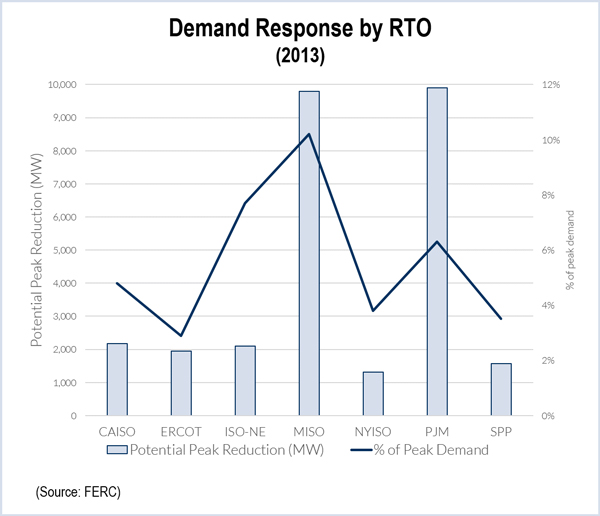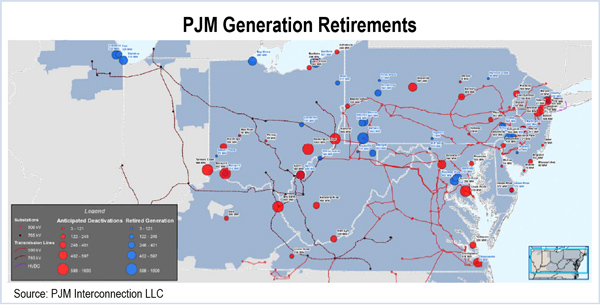By Rich Heidorn Jr.
MISO and reliability watchdogs have reached a settlement over self-reported violations related to MISO’s ability to maintain visibility over its reliability coordinator area following a contingency event.
The settlement, between MISO and regional entity ReliabilityFirst, was submitted to the Federal Energy Regulatory Commission Dec. 30 by the North American Electric Reliability Corp. (NP15-14). While MISO will not pay a financial penalty, it agreed to corrective actions.
MISO said it discovered in March 2012 that some of the input data it used in the network model to support real-time analysis of its transmission system was incorrect: for 321 of 19,936 facilities (1.6%), default facility ratings, instead of actual facility ratings, were assigned.
MISO also identified errors in voltage monitoring flags for several facilities and that several transmission lines had monitoring disabled. In addition, alarms on six tie lines were not functioning and the network model failed to monitor 14 transformers.
Another violation resulted from MISO’s discovery that it had only limited ability to determine current post-contingency element conditions (voltage or thermal) within its reliability coordinator area for almost six hours on Jan. 30, 2013.
The problem occurred when a MISO Energy Management System shift engineer implemented a corrupted contingency case file, resulting in 2,626 contingencies being excluded from the real-time contingency analysis database. MISO typically screens for about 11,400 active contingencies.
Alarms Not Heard
“Although MISO has audible alarming to alert control room personnel to significant changes in the number of contingencies in the real-time contingency analysis database, the control room personnel failed to notice the alarm due to other audible alarms sounding at the same time,” NERC said.
The problem was discovered after a transmission operator notified MISO of a trip on one of its transmission lines resulting in new post-contingency overloads on several 69-kV lines.
The settlement resolves violations related to MISO’s operations in the ReliabilityFirst, Midwest Reliability Organization and SERC Reliability Corp. regions.
The regions said the violations did not affect MISO’s processes to identify and validate System Operating Limits (SOLs) and Interconnection Reliability Operating Limits (IROLs), respond to real-time system conditions, or produce next-day models. “Considered as a whole, the regions determined these violations posed a minimal risk to the reliability of the bulk power system,” NERC said.
Penalty Recovery Sought
In a related matter, MISO last week asked FERC for authority to recover from its members a $75,000 penalty arising from a settlement agreement with ReliabilityFirst over earlier reliability violations (ER15-764). The settlement, which was previously approved by FERC, resulted from a compliance audit conducted in late 2012.







